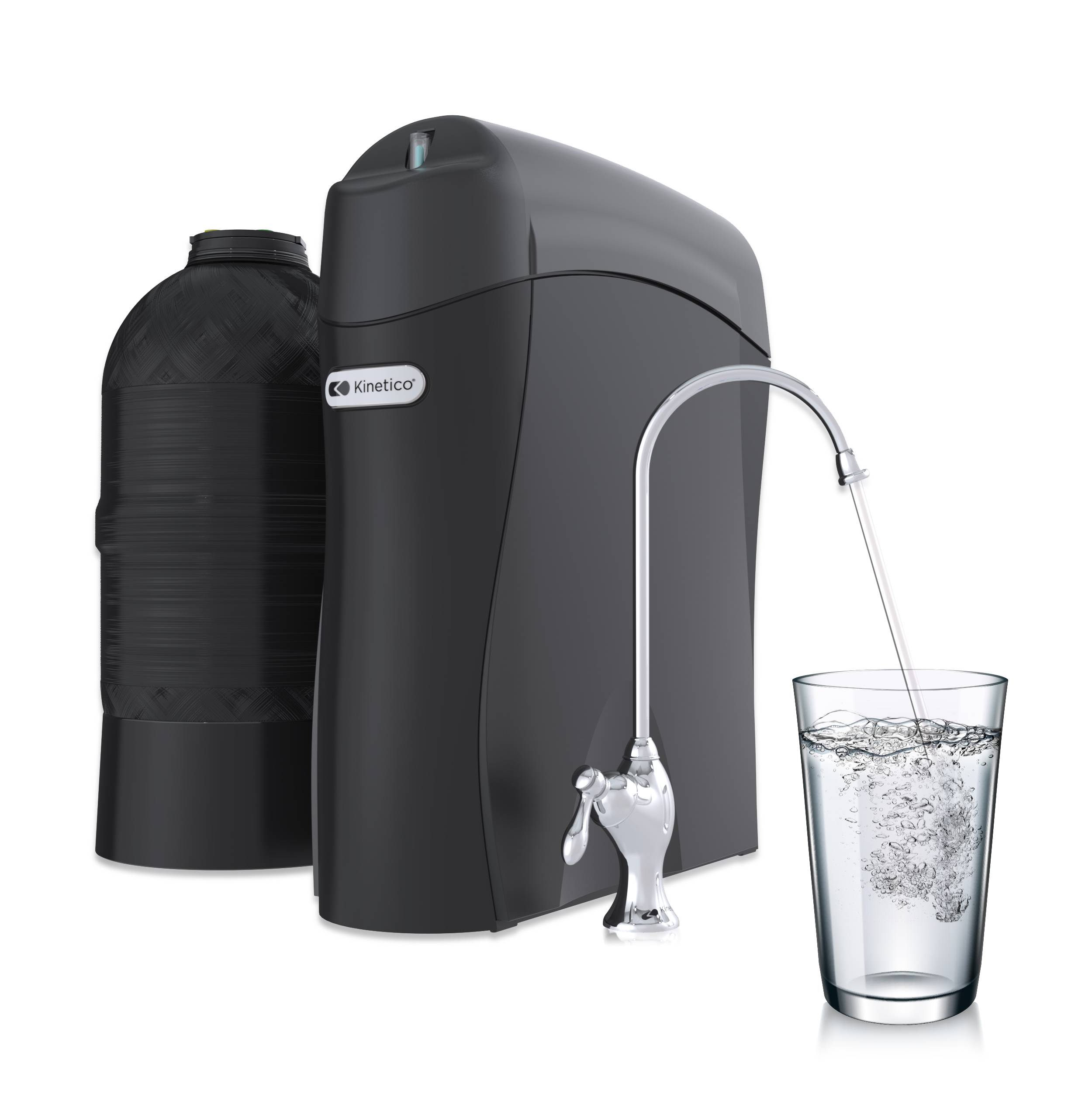In 1854 there was an outbreak of cholera in London. A doctor named John Snow was very intent on finding out the source of what was killing people. He went door to door to map out household deaths, and determined that what everyone had in common was they had all drawn water from the same community pump on Broad Street. Legend has it that he took the handle off the pump to stop its use. It was then found that this particular pump was drawing water contaminated with the city’s waste. It can be argued that John Snow was the father of what we now know as modern Public Health.
A major triumph of civilization is our ability to treat drinking water to prevent water borne diseases. This is the single most important factor in lengthening human life expectancy. Take a look at some waterworks built starting in the late 1800’s. Many were built from stone, contain polished brass and bronze fixtures, and were meant to serve as lasting monuments to a community’s commitment to the health of its citizens. Sand filtration and the addition of chlorine are common methods used to remove or kill microbes in the water supply. Sadly, cholera still causes illness and death in the world today because so many people still don’t have access to even these basic tools.
Clean drinking water is easy to take for granted when you, your parents and grandparents have all lived with it. Without chlorine or chloramine added to our water supply, our world would be a very different place indeed. A friend of mine says he likes the smell of chlorine in his drinking water because then he “knows it’s working.” But for many of us the taste and odor of disinfectants can be disagreeable. We like being protected, but prefer not to drink it. Fortunately, this is one of the easiest things to treat. Activated carbon is most commonly used in a tank for the whole house or a cartridge at the point of use. Carbon removes chlorine, chloramine and a number of contaminants by a process called adsorption, which is kind of like how dirt is held onto sticky tape. Standard activated carbon works great for chlorine reduction, but catalytic activated carbon is better for chloramine. Carbon has a finite life span and needs to be replaced periodically. How often it is replaced mostly depends on how much water has been used and how much chlorine or chloramine needed to be removed.
So eat, drink, and be merry, for you have safe water today and tomorrow, and it can taste good too.


